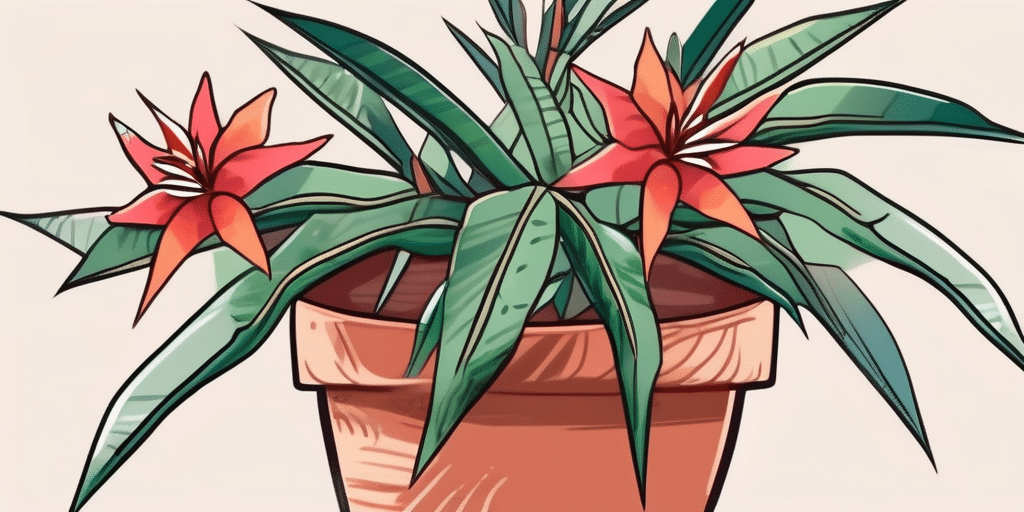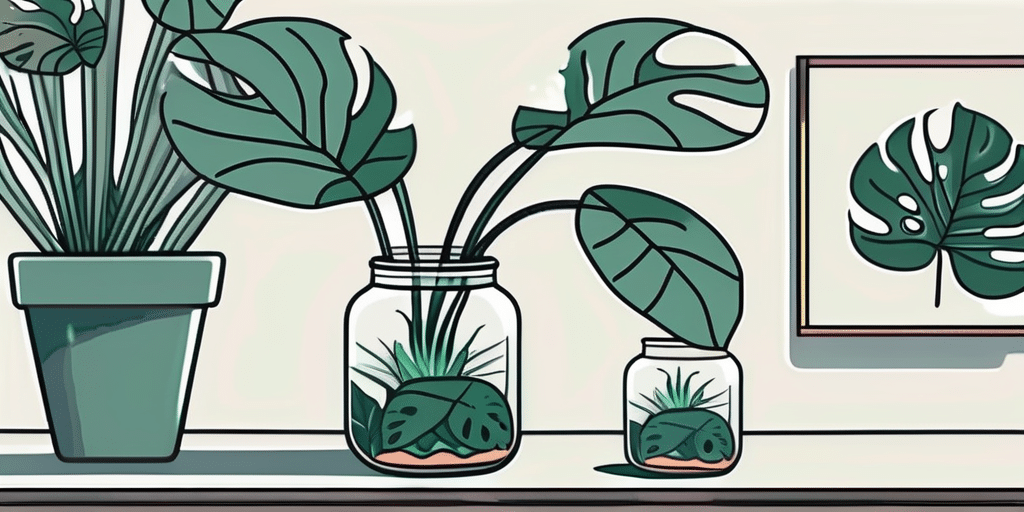Plumeria, also known as frangipani, is a tropical plant known for its vibrant flowers and intoxicating fragrance. It’s a popular choice for gardens and landscapes in warmer climates, but can also be grown indoors in cooler regions. One of the most common methods of propagating plumeria is through cuttings. This article will guide you through the process of planting plumeria cuttings, ensuring a healthy and thriving plant.
Understanding Plumeria
Before we delve into the planting process, it’s important to understand a bit about the plumeria plant. Native to Central America, Mexico, the Caribbean, and South America, plumeria thrives in warm, tropical climates. However, with the right care, it can also be grown in cooler regions.
Plumeria plants are deciduous, shedding their leaves in the fall and winter. They produce beautiful, fragrant flowers that bloom from spring through early fall. The flowers come in a variety of colors, including white, yellow, pink, and red.
Types of Plumeria
There are several species of plumeria, but the most common are Plumeria rubra and Plumeria obtusa. Plumeria rubra, also known as red frangipani, has dark green leaves and flowers that range from yellow to pink to red. Plumeria obtusa, or white frangipani, has glossy, dark green leaves and white flowers with a yellow center.
Both species can be propagated from cuttings, although the process may vary slightly depending on the specific variety.
Preparing Plumeria Cuttings
Planting plumeria cuttings begins with the right preparation. The cutting should be taken from a mature, healthy plant. It’s best to take cuttings in the spring, but they can be taken at any time of the year.
When taking a cutting, choose a branch that is at least 12 inches long and has several leaf nodes. The cutting should be made at a 45-degree angle using a sharp, sterile knife or pruning shears.
Steps to Prepare Plumeria Cuttings
- Cut a branch from a healthy plumeria plant at a 45-degree angle. The branch should be at least 12 inches long and have several leaf nodes.
- Remove any leaves or flowers from the cutting.
- Allow the cutting to dry for one to two weeks. This allows the cut end to callous over, which helps prevent rotting.
- Once the cutting has dried, it’s ready to be planted.
Planting Plumeria Cuttings
Once your plumeria cutting is prepared, it’s time to plant. Plumeria prefers well-draining soil, so it’s best to use a cactus or succulent mix. You can also create your own mix by combining equal parts peat moss, perlite, and coarse sand.
Plumeria cuttings should be planted in a pot that is at least 6 inches in diameter. The pot should have drainage holes to prevent waterlogging.
Steps to Plant Plumeria Cuttings
- Fill a pot with well-draining soil.
- Make a hole in the center of the soil that is deep enough to hold the cutting.
- Place the cutting in the hole, with the cut end down.
- Fill in around the cutting with soil, firming it gently with your hands.
- Water the cutting thoroughly, then allow the soil to dry out before watering again.
- Place the pot in a warm, sunny location.
Caring for Plumeria Cuttings
After planting, plumeria cuttings require some special care to ensure they root properly and grow into healthy plants. They should be kept in a warm, sunny location and watered sparingly until they establish roots.
It’s also important to protect plumeria cuttings from pests and diseases. Common pests include aphids, mealybugs, and spider mites. Diseases to watch out for include rust, powdery mildew, and stem rot.
Steps to Care for Plumeria Cuttings
- Keep the cutting in a warm, sunny location.
- Water sparingly until roots establish. Overwatering can cause the cutting to rot.
- Monitor for pests and diseases. If you notice any signs of infestation or disease, treat promptly with an appropriate pesticide or fungicide.
- Once the cutting has established roots and begins to grow, care for it as you would any other plumeria plant.
Conclusion
Planting plumeria cuttings is a rewarding process that allows you to propagate these beautiful, fragrant plants. With the right preparation, planting, and care, you can enjoy your own plumeria plant, whether you live in a tropical climate or are growing it indoors in a cooler region.
Remember, patience is key when growing plumeria from cuttings. It may take several weeks for the cutting to establish roots and begin to grow, but the wait is well worth it when you see the first signs of new growth.
Join Our Green-Thumbed Community!
Ready to transform your plumeria cuttings into a blooming paradise? Subscribe for free to How to Grow Everything and let us guide you in building the garden of your dreams. Receive personalized gardening advice tailored to your climate, experience, and interests. Enjoy the best gardening tips, special offers, and insightful articles—all delivered straight to your inbox, with no spam, just pure gardening gold. Join our family of garden enthusiasts and grow with us. It’s 100% free—start your gardening journey today!





